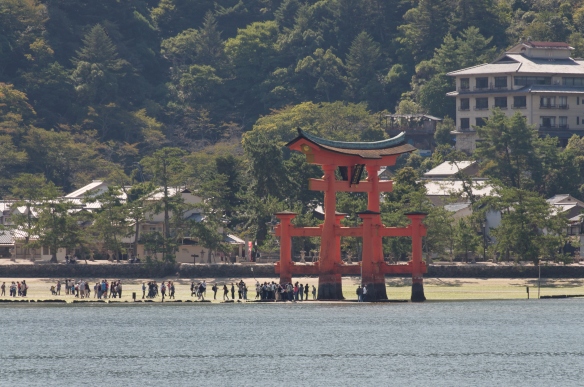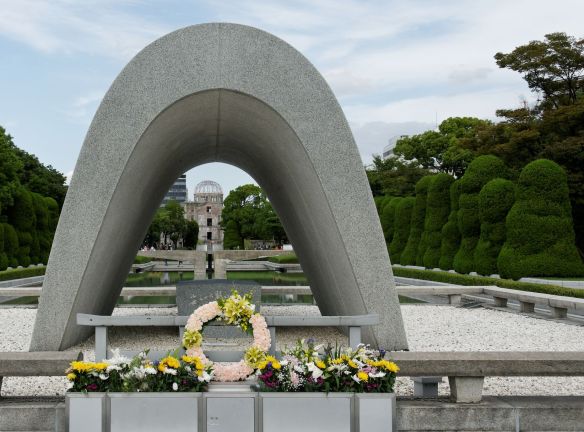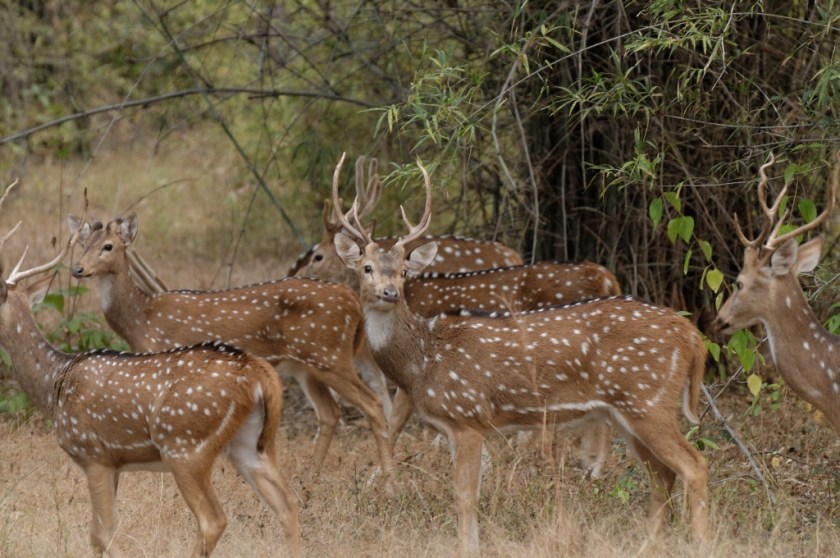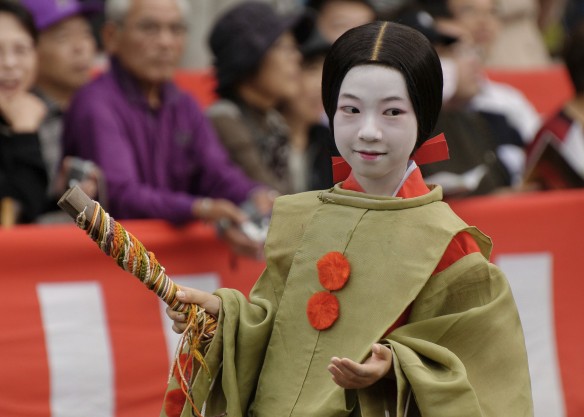Current events often find their way into my books. I wrote about the tsunami in Japan not long after it occurred. One of my characters in Tsunami Cowboys (the title I am most proud of thinking up!) can dream the future:
Ronnie’s coworker Yoshiko Sakei appeared in the next vision. Yoshiko came to the States for college and ended up marrying Erik Gross. She became an American citizen forty years ago. She’s nearing retirement, and she and Erik plan to move to Honshu. Yoshiko feels a secret guilt: she’s enjoyed the irresponsible freedom of a Japanese person living outside the home country.

Yoshiko tells Erik, “Let’s go back and care for my parents.” Erik likes the idea, because a Western man in Asia has lots of advantages. Gaigin aren’t expected to fit in.
They sell their home and plan to move as soon as Yoshiko stops working.



The vision shifts. Zen landscapes,


crowded city streets with tall buildings,

monks in yellow,

geishas in colorful kimonos,

salarymen in somber business suits all kaleidoscope through the dream. A few exquisite pieces of lacquer ware and a hand painted folding screen decorate a small space.

Yoshiko and Erik sit at a table across from an old Japanese couple with gentle smiles and parchment paper skins. The four of them drink tea. In the next scene they lie asleep in blankets on spotless tatami mats.
All four open their eyes as the light wood of the house splinters into match sticks. They look shocked in Ronnie’s direction – and the dream blows apart.
– from my chapter Precognitious in Tsunami Cowboys.
Notes: © Jadi Campbell 2021. All photos and images © Uwe Hartmann. Uwe’s photos of our trip to Japan and his photography may be viewed at viewpics.de.

The Trail Back Out was honored as 2021 IAN Book of the Year Award Short Story Collection Finalist for the Independent Author Network. In addition, The Trail Back Out was an American Book Fest 2020 Best Book Award Finalist: Fiction Anthologies. The title story The Trail Back Out was longlisted for the 2021 ScreenCraft Cinematic Short Story Award. Broken In: A Novel in Stories was a semifinalist for the international 2020 Hawk Mountain Short Story Collection Award from Hidden River Arts and is currently a Finalist for Greece’s international 2021 Eyelands Book of the Year Award (Short Stories).
Click here for my author page to learn more about me and purchase my books.













 And it’s the first half of the last post in this blog thread for Bobbo! I present the Grande Finale: Installment # 41! describing what to call groups of animals … See how many you can guess. Answers listed at the bottom of the page. Happy Easter, everyone. May the world be reborn.
And it’s the first half of the last post in this blog thread for Bobbo! I present the Grande Finale: Installment # 41! describing what to call groups of animals … See how many you can guess. Answers listed at the bottom of the page. Happy Easter, everyone. May the world be reborn.


 I blame everything to do with my health on the Great Wall of China.
I blame everything to do with my health on the Great Wall of China. I calculated the Wall’s height and the angle of the steps and knew I was going to regret this. In typical Campbell fashion my next thought was roughly, “You may never get another chance to climb the Great Wall. Suck up, shriner. Start climbing.” And I did.
I calculated the Wall’s height and the angle of the steps and knew I was going to regret this. In typical Campbell fashion my next thought was roughly, “You may never get another chance to climb the Great Wall. Suck up, shriner. Start climbing.” And I did.
 We didn’t allow for much down time. Our entire trip was terrific, but somewhere in Japan I began to hear an alarming clicking sound when I moved: bony eminences rubbing against one another. Or something. I’d figure that problem out once we got home again.
We didn’t allow for much down time. Our entire trip was terrific, but somewhere in Japan I began to hear an alarming clicking sound when I moved: bony eminences rubbing against one another. Or something. I’d figure that problem out once we got home again.












